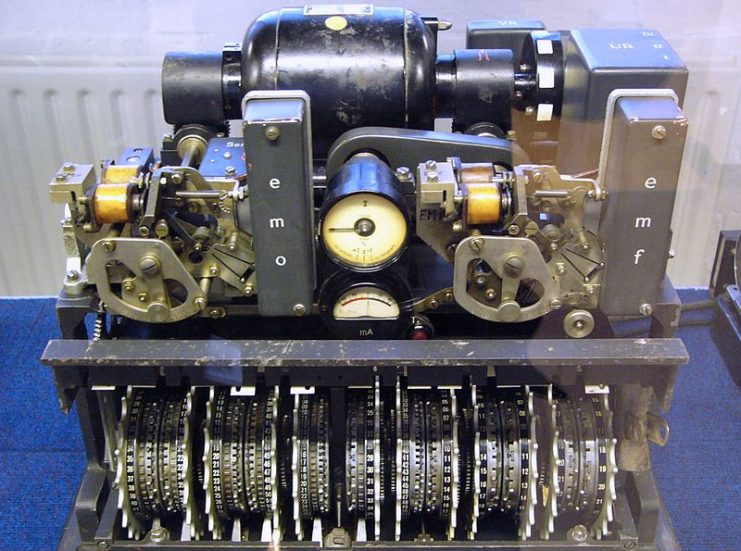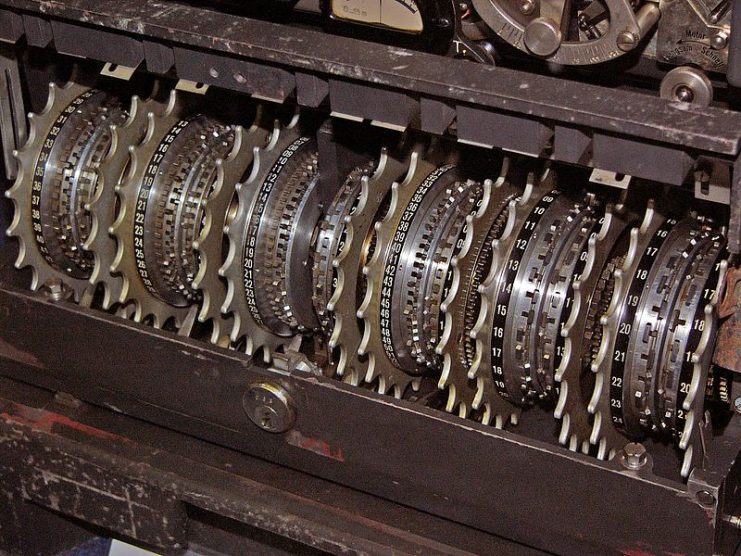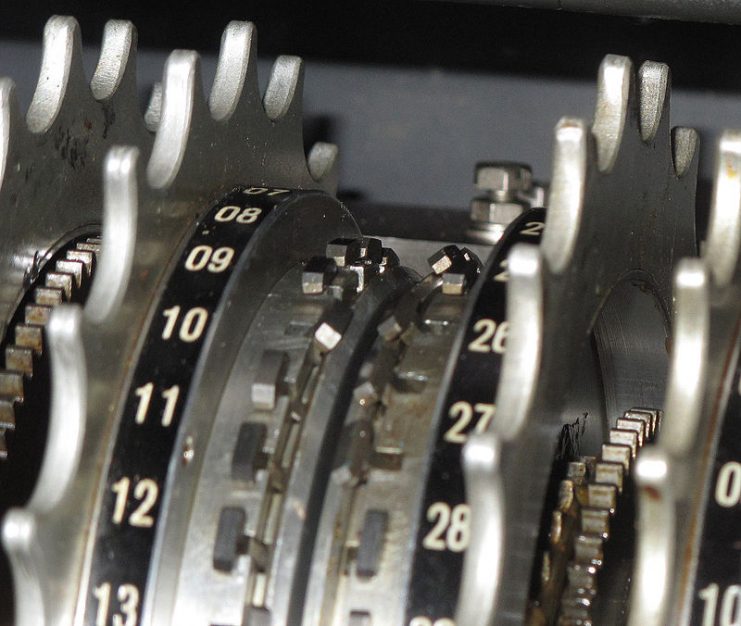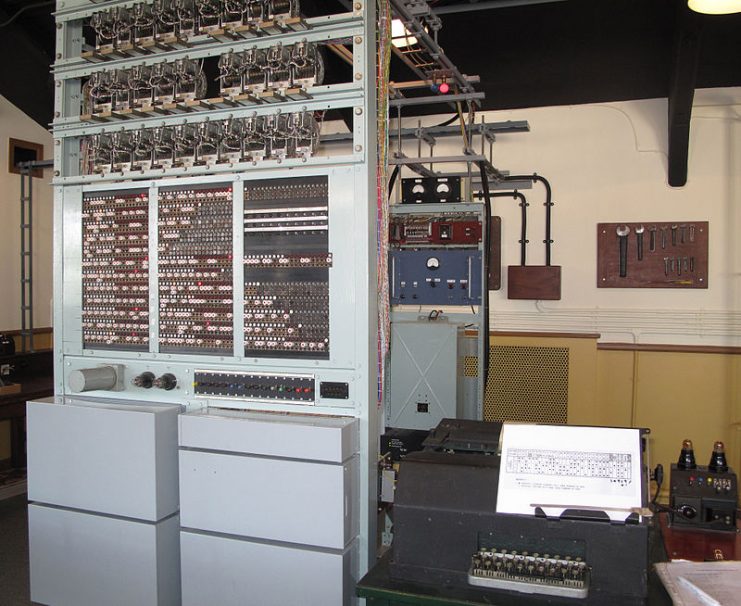She had, in fact, found a rare, crucial piece of wartime communications equipment.
Cleaning out the house just in time for spring and putting unused items up for sale on eBay led to an English woman selling a rare piece of Nazi communications equipment for just ten British pounds. Luckily, it went to a “good home.”
Had she known what she was looking at, she likely could have asked for several hundred pounds – or more – and history buffs and collectors very likely would have happily paid.
The woman in Essex, England, was tidying up her garden shed and found what she thought was an old telegraph machine, in its original case. As she was clearing out clutter, she put it up for sale on the online auction site just to be rid of it.
Thankfully, at least for the history of modern computer science, John Whetter, an eagle-eyed volunteer with the National Museum of Computing (NMC) saw the ad on his computer.
Whetter knew immediately that she was not in possession of just an old telegraph machine. She had, in fact, found a rare, crucial piece of wartime communications equipment: a German Lorenz teleprinter.
Whetter raced to Essex, found the teleprinter, and promptly paid the owner the ten-pound asking price.

While a different piece of Nazi communications equipment, the Enigma machine, is more widely known thanks to it being a central plot point in films like The Imitation Game, the Lorenz is even more complex, according to museum experts.
It is also very rare. Museum staff estimate that only 200 Lorenz machines were used during World War II, and only four survived after Germany’s defeat.
William Tutte, a British government code breaker, was largely responsible for cracking the Lorenz’s secrets, enabling him to “translate” Nazi communications. Many historians credit Tutte with breakthroughs that enabled the British to defeat Germany.
Without even seeing a Lorenz, he was able to decode the messages that gave the government a keen edge over the Nazis by learning where the Germans would be next, and when.

Upon receiving the Lorenz, museum director Andy Clark told the online publication the Independent that “the technologies at the core of the Lorenz story – encryption, communication, and computing – are at the very heart of the modern world, so the narrative is as relevant today as it was then and an inspiration to the next generation of computer scientists and engineers.”
The museum hopes to get the machine up and running so they can recreate the scenario of receiving – and breaking — “enemy” messages for visitors.

But to do that, the museum needs a few vital components for the Lorenz. Although it has been cleaned and polished, it is missing the drive motor. Consequently, an informal campaign is on to get the public to scour basements, storage sheds, garden sheds, and other spots in homes where unused items gather dust.
The hope is that maybe, just maybe, another citizen might have a Lorenz without even realizing it, much like the woman in Essex.

“We have to replace some missing components,” Whetter explained to the Independent, “in particular the drive motor – and it’s the drive motor that’s our next quest.” Like a real-life, modern-day Indiana Jones, Whetter is determined to find the “lost ark” of parts for the Lorenz or perhaps an entirely new machine.
Read another story from us: Enigma No Longer A Mystery: Peeking Inside the Fabled Nazi Machine
He is hoping the public will enthusiastically take to the search and clear out their attics and other rooms. Then visitors to the museum can see and understand the vital role the code breakers played in cracking the Lorenz and its secrets, thereby helping to win the war – despite being far from the front lines.
